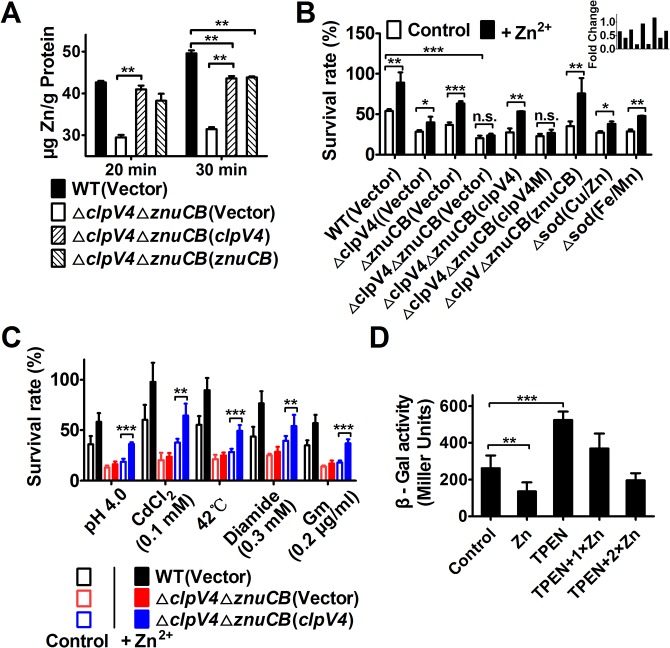Fig 4. T6SS-4 is important for the accumulation of intracellular Zn2+ under oxidative stress conditions.
A. Zn2+ uptake by relevant Yptb strains. Mid-exponential phase of Yptb strains were exposed to 1.5 mM H2O2 for 20 or 30 min in PBS containing 1 μM ZnCl2. Zn2+ associated with bacterial cells was measured by inductively coupled plasmon resonance atomic absorption spectrometry (ICP-MS). B. The alleviation of the sensitivity of Yptb mutants to H2O2 by exogenous Zn2+ required T6SS-4. znuCB, the canonical Zn2+ transporter; note that clpV4M, a mutant of clpV4 defective in ATPase activity failed to complement the mutation. C. T6SS-4 is required for maximal bacterial survival in stress created by distinct agents. Mid-exponential phase bacteria were exposed to indicated agents or treatment for 1 hour (42°C for 30 min) and their survival was determined. D. T6SS-4 expression is induced by low zinc conditions. Cells of relevant Yptb strains harboring T6SS-4p::lacZ were grown in YLB medium with 100 μΜ Zn2+, 100 μΜ TPEN, 100 μΜ TPEN together with 100 μΜ Zn2+ (TPEN+1×Zn), or 100 μΜ TPEN together with 200 μΜ Zn2+ (TPEN+2×Zn), and the expression of the reporter was measured. Data shown were the average of three independent experiments; error bars indicate SD from three independent experiments. ***, p<0.001; **, p<0.01; *, p<0.05; n.s., not significant.

